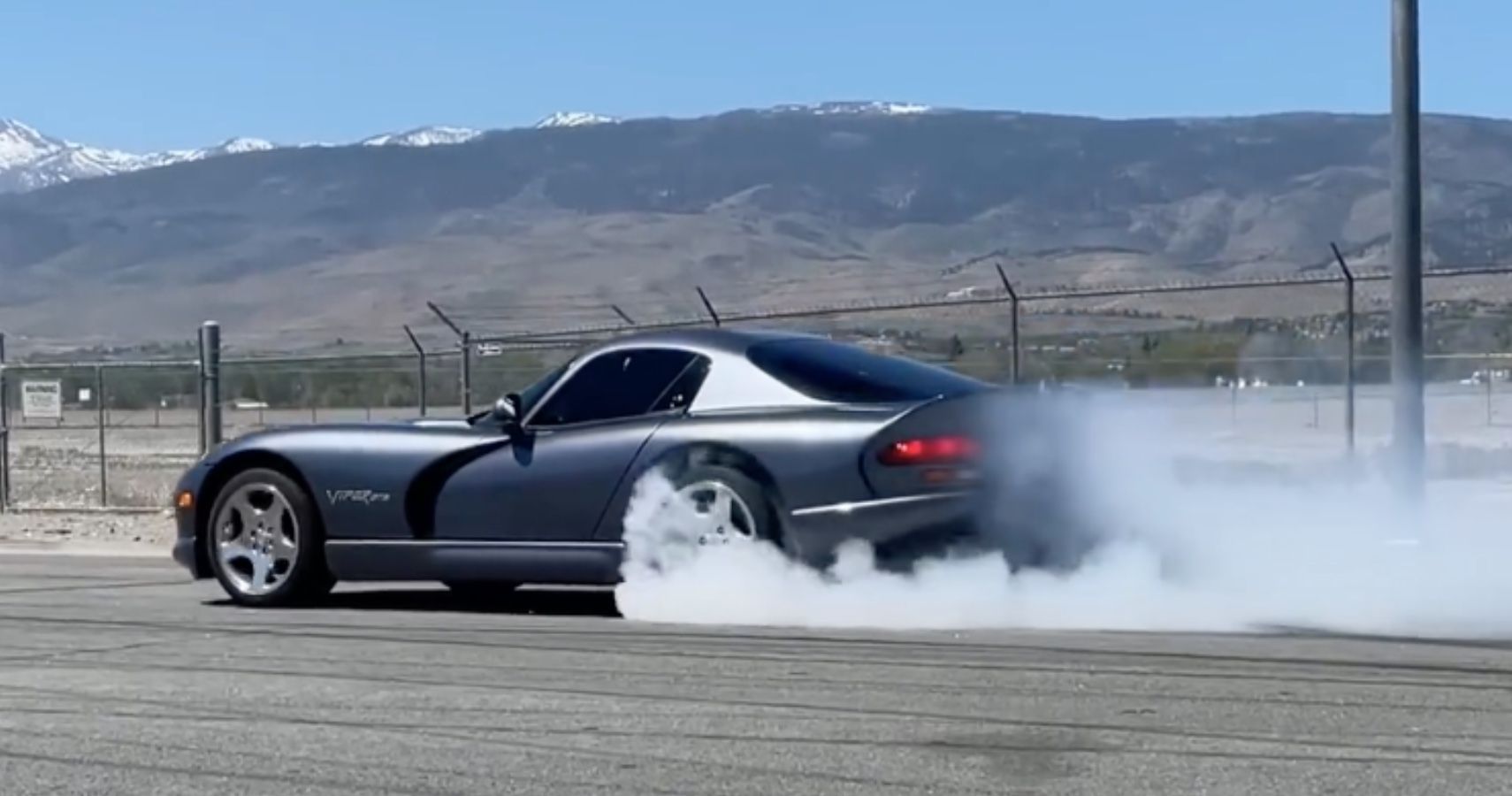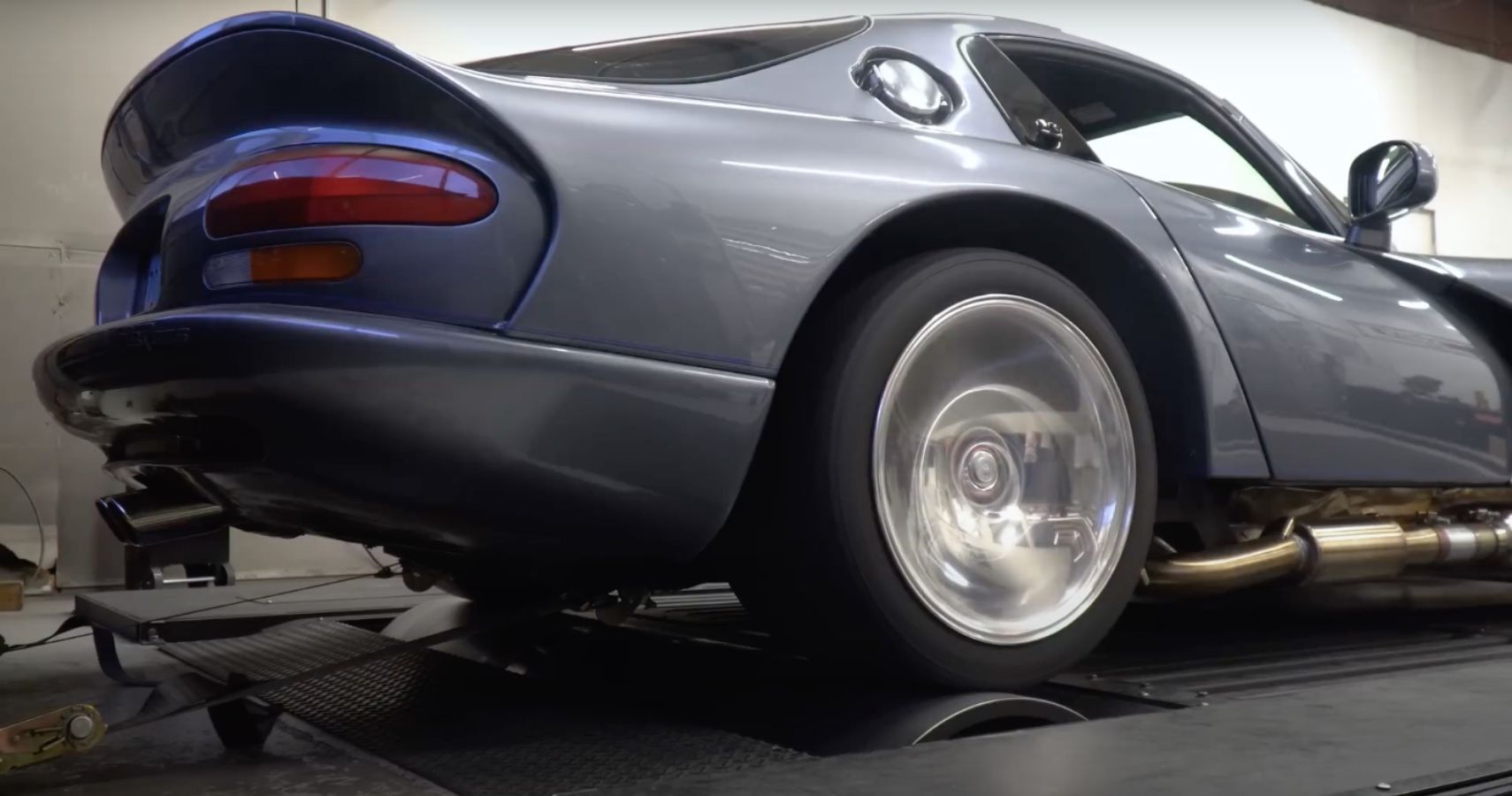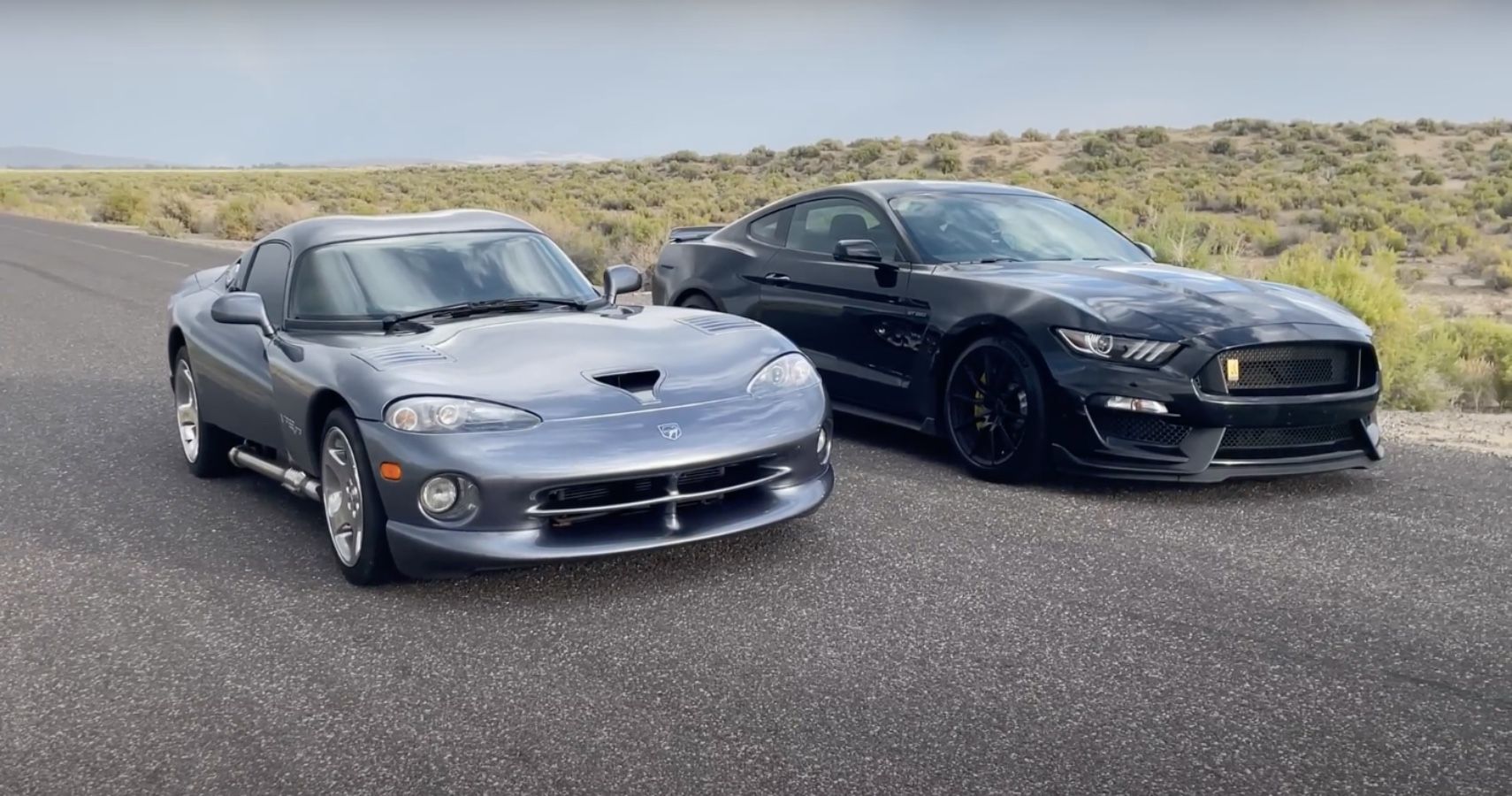The Dodge Viper was the American answer to the Chevrolet Corvette and European supercars. It was a low slung, rear-wheel drive, V10 powered beast. Vents, scoops, and a beautifully designed tail pushed this car into the exotic car category. However, we would have loved to see them close some of that wheel gap, but that is another story. Today we are just going to focus on the opportunities within the exhaust system.
These V10s are torquey. No matter which year you own, the Dodge Viper's V10 will have almost as much torque as horsepower. This translates to some serious burn-outs and donuts. The Viper originally came with an 8.0L V10, and ended its run with an 8.4L V10. These made 400 and 645 horsepower, respectively, and torque was 465 lb-ft, and 600 lb-ft. V10 engines are some of the most sublime sounding engines, take the Lexus LFA or the Lamborghini Huracan for example. The Lexus LFA is considered to be the best sounding car ever made, even though it was a massive commercial failure. But for reasons unclear, Dodge did not back its V10 engine with a decent exhaust sound worthy of a V10 from the factory.
From "Vacuum Cleaner" To Stanley Screamer
OEM exhaust systems are known to be lifeless paperweights. Sound is deadened by a series of catalytic converters, resonators, and finally a muffler or two. This is not the case with exotic cars, unless you are talking about the Dodge Viper. It is weak and uninspiring.
The exhaust modifications for this Dodge Viper start with a set of Belanger long tube headers. Each of the exhaust headers are constructed as a 2-piece, 4-2-1 style manifold. This allows for a fairly easy install on the engine block. The collectors of the exhaust headers come out toward the fenders instead of rearward like most cars. They are designed this way to allow the exhaust pipes to run along the lower rocker panels.
An elbow comes off the collector of the exhaust header and meets up with a high flow catalytic convertor. After that, the remainder of the exhaust is made by Billy Boat Exhaust. It starts with a resonator pipe that elbows back to the center of the vehicle. From there, the exhaust piping from each rocker panel merges into an x-pipe for better exhaust flow and a unique sound. Dual chrome tips exit the center of the rear bumper.
On the first test drive in the video they realize this exhaust setup is marginally better, and basically what it should have been from the factory. They pull the Viper back into the shop, and have a custom pipe made to replace the resonator section. The final result is pure V10 bliss.
The Dodge Viper Gets Tuned
Street to Sand is the shop they used for tuning in the video. They ran the Dodge Viper on the dyno several times throughout the exhaust changes to see where they could find the most gains. The baseline was 410 horespower and 450 lb-ft of torque. With only the initial exhaust changes the car put down 420 horespower and 447 lb-ft of torque.
After the first round of tuning, the Dodge Viper squeezed out 428 horsepower and 470 lb-ft of torque. The shop played with some air/fuel ratios, and a few runs later they were able to smash out 449 ponies and 491 lb-ft on the dyno. The final dyno pull was after they removed the resonator from the exhaust system. This time the Viper managed to roll out 458 horsies and 505 lb-ft of torque.
The Modified Dodge Viper Goes Head-To-Head With A Modern Muscle Car
The ultimate test for the newfound power in this Dodge Viper will be to race a 2017 Ford Mustang Shelby GT350. The Mustang rocks a 5.2L naturally-aspirated Voodoo V8 motor that revs well into the 8000 rpm range. That engine makes 526 peak horsepower putting the Dodge Viper's V10 on par with it. Torque is a little lower in the Mustang however, at only 429 lb-ft. So now we have a low revving engine versus a high revving engine, but both with similar peak power numbers.
The cars run several times in the video, and they are all rolling starts. They changed starting speeds and gears to get each car into their respective power bands. Runs 1 and 2 resulted in the Dodge Viper pulling ahead. Run 2 was meant to put the Shelby further into its power band, but the beefy V10 still gapped it. In the third run you start to see Mustang finally pull away, but does it? Watch the full video to find out.



